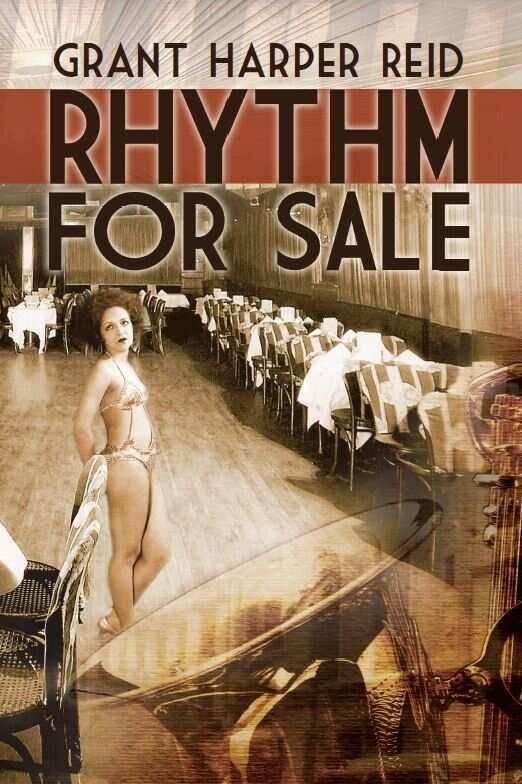Rhythm for Sale
African American and Harlem Renaissance history is told through the eyes of a theater pioneer.
Rhythm for Sale, by Grant Harper Reid, is a biography of the author’s grandfather, Leonard Harper, who did pioneering work in theater during the Harlem Renaissance. Harper held various roles throughout his career, including performing, choreographing, directing, and producing. This book presents a broad range of behind-the-scenes theater experiences—all of which are full of humor and push envelopes.
From his early years, Harper’s life was steeped in music, dancing, and racially charged culture: he and his brother danced for money and meals, and were referred to as “pickaninnies.” The book describes the racial realities of Harper’s lifetime: at concerts, whites arrived by car and were given good seats; blacks arrived on foot and only the best-dressed among them were allowed to come inside and sit near the heat of the kitchen or the smell of the restrooms.
Reid promotes his grandfather’s place in history without ignoring the messiness of history itself. Harper produced Connie’s Hot Chocolates, the musical that paved the way for Black and Blue and Ain’t Misbehavin’—though Reid suggests in a “more racially equitable time” it would’ve been titled Harper’s Hot Chocolates. Reid doesn’t shy away from controversy in Harper’s career, such as the accusation that his success was only due to the looks of the chorus girls and that those women weren’t protected from predators—a charge that Harper denied.
While Harper, and the Harlem Renaissance as a whole, made great strides in bringing out the voices and talents of African Americans, Harper was not the most wholesome voice for equality: “When asked about nudity on stage Harper said ‘… if a girl is dark and has a pretty shape why can’t we look at her the same as at a white girl.’”
Reid’s approach is more expository than narrative. But his frank and colloquial descriptions of people add a sense of character—and shun too-polite political correctness: “Fats Waller the habitually drunk up and tubby piano playing composer…” This style fits the informal, insider tone and viewpoint of the book. One drawback of this casual tone is that it occasionally lends itself to overly conversational punctuation and phrasing.
The book is organized chronologically from Harper’s birth in 1889 to his death by heart attack in 1943. The number of years covered in each chapter varies according to the importance of the events, allowing the chapters to be fairly consistent in length. This organization and pace modulation is critical for a thorough biography.
The book is well researched and documented, particularly for a biography authored by a family member. The cover image suggests that this book will be about a woman rather than a man, and some of the interior images are too grainy and dark to view well.
Harlem Renaissance history enthusiasts will savor the names, places, shows, and feel of the era through the life of Leonard Harper.
Reviewed by
Melissa Wuske
Disclosure: This article is not an endorsement, but a review. The publisher of this book provided free copies of the book and paid a small fee to have their book reviewed by a professional reviewer. Foreword Reviews and Clarion Reviews make no guarantee that the publisher will receive a positive review. Foreword Magazine, Inc. is disclosing this in accordance with the Federal Trade Commission’s 16 CFR, Part 255.

